- Home
- Military & Defense
- 14 events that changed military history
14 events that changed military history
Man discovers fire

First use of the bow and arrow
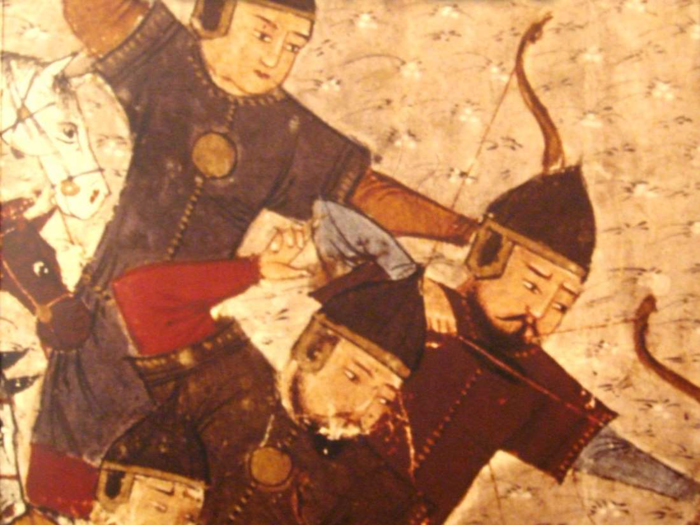
15,000 BCE
As the first instances of bows and arrows were likely made of perishable materials, the exact date of the first creation of the weapons is unknown. The oldest bows are the Holmegaard bows found in Denmark, which date back to approximately 9,000 BCE.
Bow and arrows were likely developed to give humans an advantage hunting animals and the tools are thought to have been created after earlier more primitive projectiles such as spear-throwers and boomerangs.
However, bows were quickly adapted as a tool for military use. National Geographic notes that by 5,400 BCE, arrows were a staple of military conflict. Remains of English hill forts dating from that time period show that the locations had come under concerted archery attacks.
Source: National Geographic: 100 Events That Changed The World
Implementation of round wheels
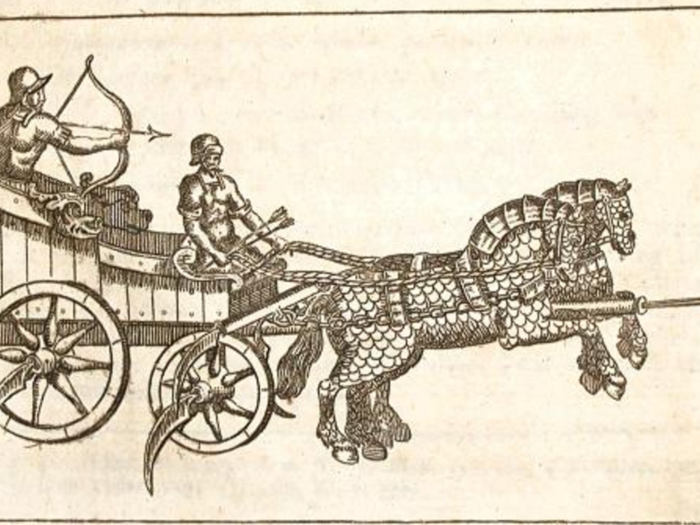
3,500 BCE
Although the that the first round wheel was created, the discovery was in wide spread use by 3,500 BCE. The concept of the wheel revolutionized multiple aspects of society, including transportation, the use of potter wheels, and the development of water wheels.
But by 2,000 BCE, wheels were also in the process of revolutionizing warfare. The Hittites were the first known civilization to make use of chariots, which connected a platform on wheels to the horses, allowing for fast and effective mounted warfare.
Source: National Geographic: 100 Events That Changed The World
Start of the iron age

1,200 BCE
Wrought iron first started to be produced en masse by the Hittites around 1,400 BCE, and by 1,200 BCE the technology behind the creation of iron started to spread out from Asia Minor towards Europe, Africa, and Asia.
The advanced production of wrought iron, which created an incredibly durable material, changed the face of human expansion. Iron tools allowed for more effective farming, causing a population boom. Iron weapons and armor also replaced earlier metals, such as bronze, allowing civilizations with iron to expand more easily into their neighbors.
Source: National Geographic: 100 Events That Changed The World
The adoption of concrete as a building material

200 BCE
By 200 BCE, the Romans had developed a method for the production of concrete. Remarkably strong and waterproof, the Romans used concrete for everything from building temples and public forums to their famous aqueducts.
Concrete also helped the Romans continue their military and cultural domination of the world's regions under their control. Concrete allowed the Romans to develop a massive network of reliable roads. In addition, concrete was used in the construction of harbors and ports which further spread the influence of Rome.
Source: National Geographic: 100 Events That Changed The World
Development of the 'Just War' theory

426 CE
In 426 CE, St. Augustine of Hippo published his foundation work "The City of God." The book contained his thoughts on how war, which was so antithetical to Christianity's pacifist values, could ever be justified.
His thoughts laid the basis for the Just War Theory, which was built upon by the Italian philosopher Thomas Aquinas in the mid 1200s. St. Augustine and Aquinas' writings form the current basis of how a conflict can be considered a "just war."
Just wars, according to National Geographic, "must be openly declared by an appropriate authority ... must have a just cause; an d the ultimate goal must be to establish a just peace."
Source: National Geographic: 100 Events That Changed The World
Accurate navigation
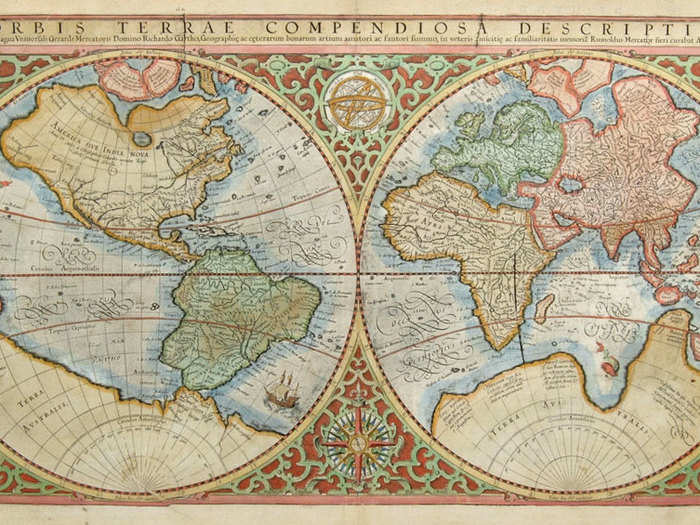
1569 CE
Until 1569, navigation on large bodies of water was a tedious and difficult affair. Navigators would constantly have to be taking compass readings and adjusting course to make up for the unreliable maps of the time.
Flemish cartographer Gerardus Mercator created a world map that used consistently spaced longitude lines with variably wide latitude lines. This method of cartography, which is still in use on maps today and gives maps distortion closer to the poles, allowed navigators to plot easily and accurately plot their courses.
This advance allowed navigation to become a significantly easier affair, helping to fuel worldwide exploration and European expansion.
Source: National Geographic: 100 Events That Changed The World
Start of the industrial revolution
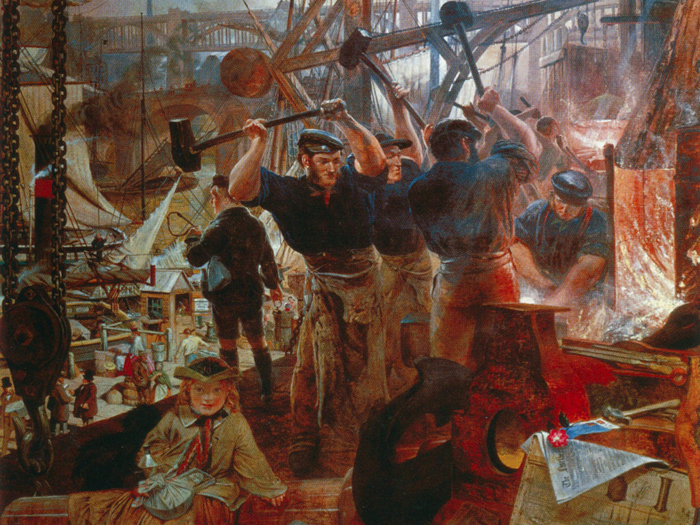
1712
The use of iron and steel coupled with the discovery of new energy sources spurred the industrial revolution, which began in England in the 18th century.
During this time, the creation of the steam engine, by Thomas Newcomen in 1712 was a logistical game-changer because it implemented a system of using less human energy while increasing transportation and production.
Other important developments include the steamship, automobile, airplane, telephone, radio, and the organization of work (factory system).
Source: National Geographic: 100 Events That Changed The World, Britannica
Development of telecommunications
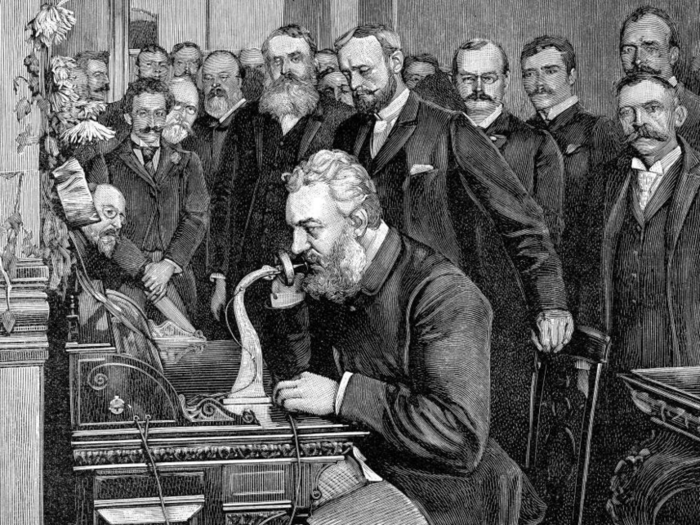
1876
On March 7, 1876, the US Patent Office awarded Alexander Graham Bell what is said to be "one of the most-valuable patents in history." Three days later, Bell used his invention to say to his assistant down the hall, "Mr. Watson, come here. I want you."
Telecommunications spread throughout the nation and by 1927, the first international calls were placed.
Currently, the number of cell phone subscriptions worldwide (7 billion) is approaching the number of people on earth.
Source: National Geographic: 100 Events That Changed The World, Britannica, International Telecommunication Union
Manned flight
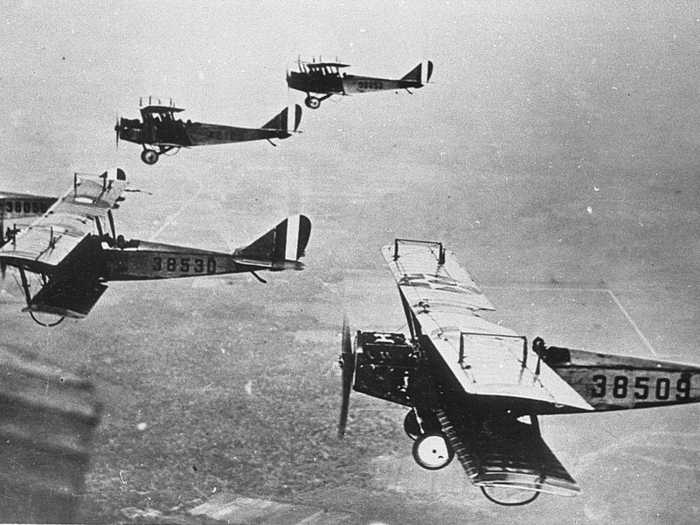
1903
Although the Wright brother's Flyer aircraft only flew for 12 seconds, it was the first time a 'heavier-than-air' machine was controlled and piloted.
The Wright brothers perfected their design and the plane went on to serve reconnaissance missions during World War I (1914-1918).
According to National Geographic, the British and Italians designed the first bomber planes in 1913. Within a year, France began attaching machine guns to their planes. Currently, the US has approximately 13,000 military aircraft. Comparatively, China and Russia, the world's next-largest aerial powers, only have a total of 2,000 to 3,000 military aircraft each.
Source: National Geographic: 100 Events That Changed The World
The Manhattan Project and the most powerful weapon known to man
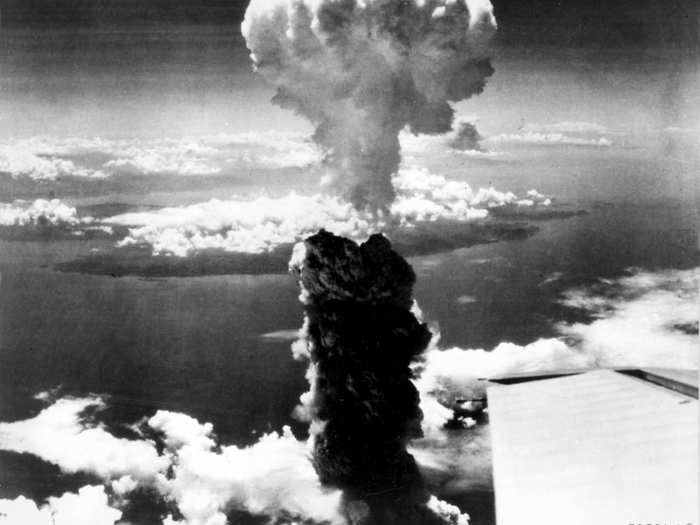
1941
A month before World War II, German-born genius Albert Einstein wrote a two-page letter that launched the US into a nuclear arms race against the Nazis.
In the 1939 letter, Einstein warned President Franklin D. Roosevelt that a massive nuclear chain reaction involving uranium could lead to the construction of "extremely powerful bombs of a new type" — the atomic bomb.
Two years later, the US created the "Manhattan Project," America's plan to design and build the most devastating weapons ever produced up to that time.
On August 6, 1945 at 8:15 a.m., the world entered the atomic age with the deployment of the most powerful weapon known to man. The first nuclear weapon used in war fell for 44.4 seconds before unleashing approximately 12,500 tons of TNT over the Japanese city of Hiroshima.
Source: National Geographic: 100 Events That Changed The World, US Department of Energy
The unprecedented Space Race

1954
In 1954, Russia proposed building an artifical satellite and within three years, Sputnik 1 became the first satellite to orbit around Earth.
German aerospace engineer Wernher von Braun worked with the US Army to successfully launch the Explorer 1 satellite a year later in 1958.
Three years later, Russian cosmonaut Yuri Gagarin became the first man in space, which caused the US to up the ante by vowing to send the first man to the moon — which happened on July 20, 1969.
On the heels of early space exploration, private firms like Elon Musks' SpaceX and Richard Branson's Virgin Galactic, are currently in the midst of creating platforms for space tourism.
Source: National Geographic: 100 Events That Changed The World, National Geographic: 100 Big Ideas
The Internet revolution

1991
The world entered the unprecedented age of the internet when British computer scientist Tim Berners-Lee invented the World Wide Web in the late 1960s.
Lee developed a "software the created links among all related files on his computer, and soon linked many computers so users could share files without a database," according to National Geographic.
In 1991, Lee made the software public and since then, more than 3 billion people use the internet.
Source: National Geographic: 100 Events That Changed The World
Regenerative medicine

1999
The first major step towards regenerating a damaged organ or lost limb came in 1999 when doctors at Wake Forest were able to grow a new bladder for a patient.
Since then, researchers have developed more sophisticated techniques.
"Even the brain, once thought to be off-limits to the type of stem cell repair seen in the liver and bones, has become a focus. Research on neural stem cells, which can on their own replace some of the neurons lost by stroke victims, could lead to new techniques for addressing diseases like Parkinson's and Alzheimer's."
Regenerative medicine also gives hope to wounded veterans returning home from combat zones.
Earlier this month, doctors at Johns Hopkins University announced that they will perform the first penis transplant in the US on a young soldier injured by a bomb blast in Afghanistan.
Source: National Geographic: 100 Big Ideas, The New York Times
Popular Right Now
Popular Keywords
Advertisement